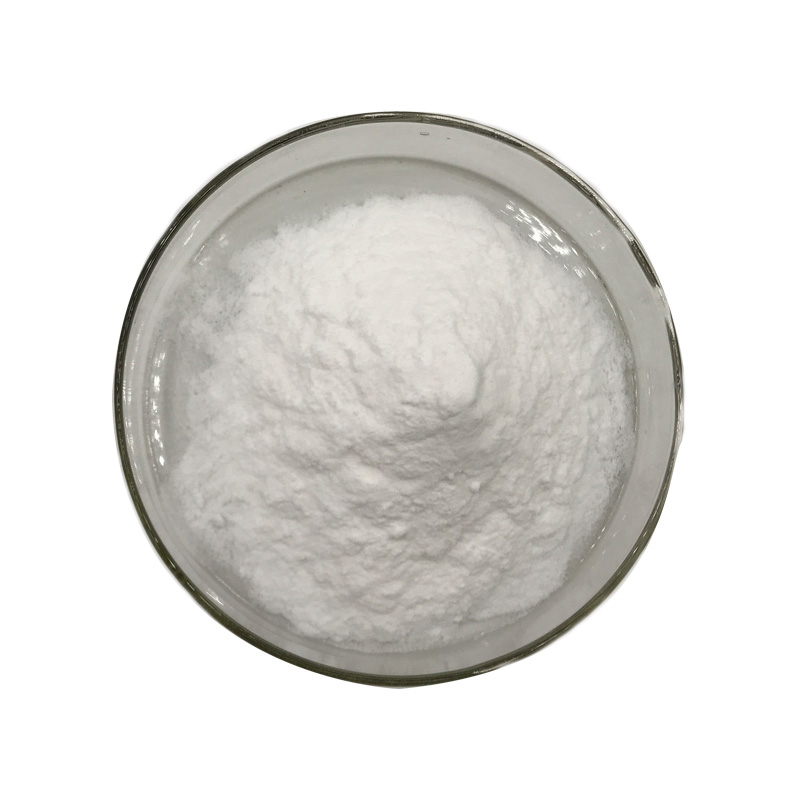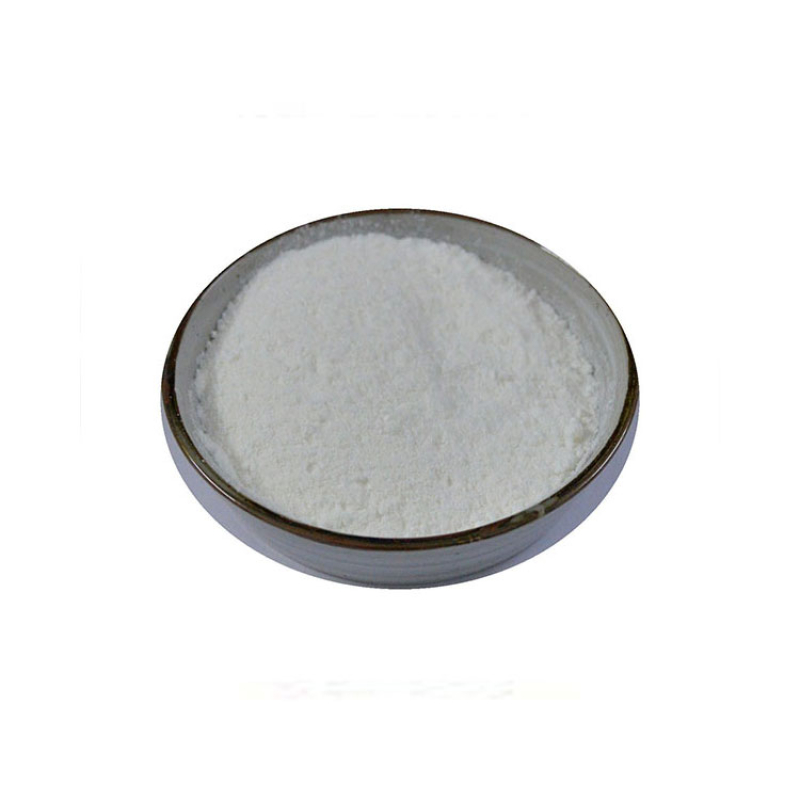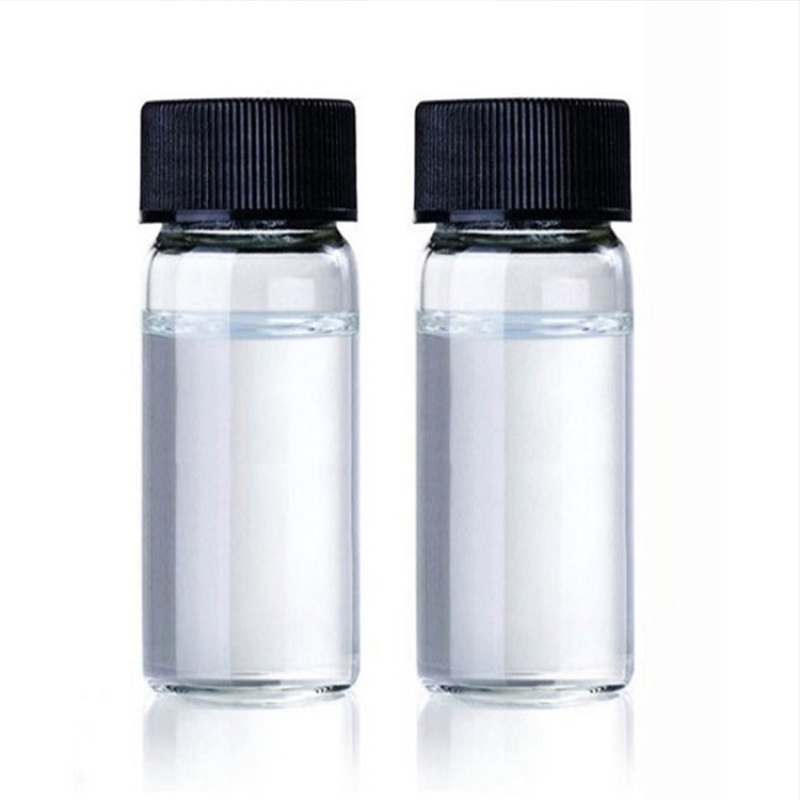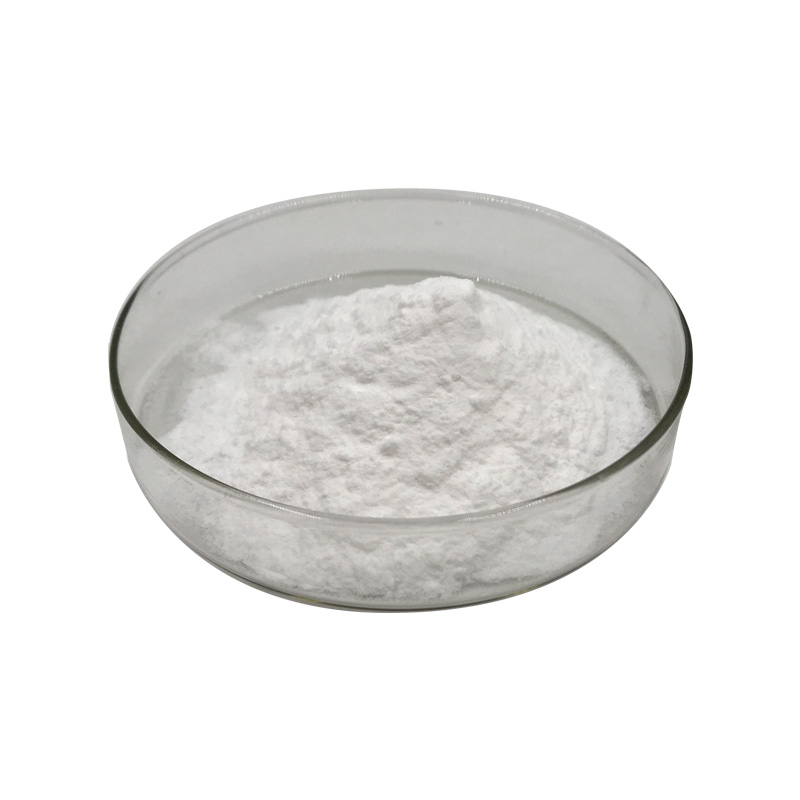Products Description of N-LAUROYL-L-GLUTAMIC ACID CAS#3397-65-7N-(1-oxododecyl)-L-glutamic acid (9CI) is a chemical whose English name is L-Glutamicacid, N-(1-oxododecyl)-.N-LAUROYL-L-GLUTAMIC ACID Chemical PropertiesMelting point 95-96 °CBoiling point 543.6±40.0 °C(Predicted)density 1.081±0.06 g/cm3(Predicted)storage temp. Sealed in dry,Room Temperaturesolubility Aqueous Base (Slightly), Chloroform (Slightly)form Solidpka3.46±0.10(Predicted)color White to Off-WhiteLogP2.964 (est)EPA Substance Registry SystemL-Glutamic acid, N-(1-oxododecyl)- (3397-65-7)
지금 연락하세요
Products Description of Potassium carbonate CAS#584-08-7Potassium carbonate (chemical formula: K2CO3, English Potassium carbonate), also known as potash, has the appearance of colorless crystals or white particles, is very soluble in water, and its solution is strongly alkaline. When its saturated aqueous solution is cooled, a glassy monoclinic hydrate 2K2CO3·3H2O crystal is separated, with a density of 2.043, and loses crystal water at 100°C. It is insoluble in ethanol, acetone and ether.
지금 연락하세요
Glycerin For Skin CAS#56-81-5 discover the power of Glycerin (CAS#56-81-5), also known as vegetable glycerine or liquid glycerol, a key component in a wide array of industries.
지금 연락하세요
Products Description of Metatitanic acid CAS#12026-28-7Titanic acid is an intermediate product of the sulfuric acid method for producing titanium dioxide.
지금 연락하세요
Products Description of Madecassic acid CAS#18449-41-7Madecassoside (MC) is the main active ingredient of triterpenoid saponins in Centella asiatica Urb., a plant of the Umbelliferae family. Studies have shown that MC has a wide range of pharmacological activities in vivo and in vitro, and can reduce collagen-induced arthritis inflammation, promote the proliferation of human fibroblasts cultured in vitro, treat or prevent hypertrophic scars and keloids, and protect myocardial ischemia-reperfusion injury.
지금 연락하세요
Products Description of Clavulanic acid CAS#58001-44-8Clavulanate Potassium, trade name potassium clavulanate, is an oxopenicillin β-lactamase inhibitor, which is a β-lactam ring and a hydrogenated isoxazole ring.
지금 연락하세요
Products Description of Sodium MethoxideCAS#124-41-4Sodium methoxide is also called sodium methoxide. It is a kind of alcohol salt generated by methanol, with the chemical formula CH3ONa. It is a strong base commonly used in organic synthesis. Sodium methoxide is usually stored as a solution in alcohol solvents such as methanol and ethanol. It dissolves in ether to form a suspension, is sensitive to moisture, and decomposes into methanol and sodium hydroxide when it comes into contact with water: CH3ONa+H2O→CH3OH+NaOH. Sodium methoxide products come in two forms: solid and liquid.
지금 연락하세요
Products Description of Sodium Hydroxide CAS#1310-73-2Sodium hydroxide, also known as caustic soda and caustic soda, has the chemical formula NaOH. It is a highly corrosive strong base, usually in white flakes or granules. It can be mixed with water to form an alkaline solution, and can also be dissolved in methanol and ethanol. This alkaline substance is deliquescent and will absorb water vapor in the air, as well as acidic gases such as carbon dioxide. Sodium hydroxide is one of the commonly used chemicals.
지금 연락하세요
Aluminum Oxide CAS#1344-28-1 The oxide of aluminum is Al2O3. The natural crystalline mineral is called corundum, but the synthetic crystals used for abrasives are designated usually as aluminum oxide or marketed under trade names. For other uses and as a powder, it is generally called alumina.
지금 연락하세요
Products Description of 1-Hexadecylpyridinium bromide CAS#140-72-7Cetylpyridinium bromide is a chemical substance with the chemical formula C21H38BrN, the molecular weight is 384.4371, and the EINECS number is 205-428-3.1-Hexadecylpyridinium bromide Chemical PropertiesMelting point 63-69 °Cstorage temp. Inert atmosphere,Room Temperaturesolubility Chloroform,Methanol,Acetone,Ethanol[soluble in]solubility soluble in Chloroform,Methanol,Acetone,Ethanolform powder to crystalcolor White to Almost whiteWater Solubility 5 g/L (20 ºC)BRN 3778948InChIInChI=1
지금 연락하세요
Products Description of Tert-Butyl 1-piperazinecarboxylate CAS#57260-71-6In modern chemical pharmaceuticals, 1-tert-butyloxycarbonylpiperazine plays a very important role because it is an important basic chemical raw material for many antitussive drugs, antiallergic drugs, antipsychotic drugs, antibacterial drugs, various pesticides, etc.
지금 연락하세요
CELLULOSE ACETATE BUTYRATE CAS#9004-36-8Cellulose acetate butyrate has a wider solubility range.
지금 연락하세요
Products Description of Barium acetate CAS#543-80-6Barium acetate, chemical formula Ba(C2H3O2)2. Molecular weight 255.43. White crystal. Relative density 2.468. Easily weathered in the air. Toxic! Soluble in water and ethanol.
지금 연락하세요
Products Description of Methylcyclopentadienyl manganese tricarbonyl CAS#12108-13-3Methylcyclopentadienyl manganese tricarbonyl, a metallic manganese compound. Combustible, highly toxic, decomposes into toxic manganese oxide fumes in fires.
지금 연락하세요
Products Description of Bretazenil CAS#84379-13-5Brotacetin is a partial agonist of the GABAA receptor of the benzodiazepine class. It was first developed by Roche as an antianxiety drug. Studies have found that brotacetin can counteract the spasms caused by pentamethazine. At an antispasmodic dose (125-250 μg·kg-1), brotacetin combined with pyridostigmine (100 μg·kg-1, im) and aprofen (4 mg·kg-1, im) can prevent sarin and soman poisoning. Brotacetin has good antianxiety activity at a dose of 50-400 μg·kg-1. Compared with diazepam, it has little adverse reaction of myasthenia.
지금 연락하세요
Products Description of Pyridine hydrochloride CAS#628-13-7Pyridine, an organic compound, is a six-membered heterocyclic compound containing a nitrogen atom. It can be regarded as a compound in which one (CH) in the benzene molecule is replaced by N, so it is also called nitrogen benzene. It is a colorless or slightly yellow liquid with a foul odor. Pyridine and its homologues exist in bone tar, coal tar, coal gas, shale oil, and petroleum.
지금 연락하세요
Products Description of Diethyl Ethoxymethylenemalonate CAS#87-13-8Ethoxymethylene, also known as diethyl ethoxymethylenemalonate, is a colorless, transparent and viscous liquid. It is an important pharmaceutical intermediate and is widely used in the synthesis of medicines, pesticides and auxiliaries.
지금 연락하세요
Acrylonitrile CAS#107-13-1 Acrylonitrile is a colourless, flammable liquid. Its vapours might also explode when uncovered to an open flame. Acrylonitrile does now not take place naturally. It is produced in very giant quantities through numerous chemical industries in the United States, and its requirement and demand are growing in latest years. Acrylonitrile is a closely produced, unsaturated nitrile.
지금 연락하세요
Products Description of Sodium 4-amino-1-naphthalenesulfonate CAS#130-13-2White or off-white flaky crystals. Easily soluble in water, soluble in 95% ethanol, insoluble in ether, slightly soluble in concentrated caustic alkali aqueous solution and ethanol solution. It is an important azo pigment intermediate, widely used in the synthesis of direct dyes and reactive dyes.
지금 연락하세요
Products Description of 6-Fluoronicotinic acid CAS#403-45-26-Fluoronicotinic acid is a pyridine compound, which is often used as a pyridine intermediate and a pharmaceutical intermediate.
지금 연락하세요
Products Description of Poly(maleicanhydride-acrylicacidcopolymer) CAS#26677-99-6 Solvent polymerization: Copolymerization in benzene, toluene, xylene, trimethylbenzene, ethylbenzene, isopropylbenzene, butylbenzene or their mixtures can produce white, brittle solid polymers with a relative molecular mass of about 4000.
지금 연락하세요
Products Description of CARBOMER CAS#9007-20-9 Polyacrylic acid, referred to as PAA, also known as 2-acrylic acid homopolymer, acrylic resin coating, acrylic resin, acrylic monomer polymer, acrylic modified resin, acrylic resin emulsion, is a water-soluble acrylic polymer, and is also soluble in certain polar solvents, such as methanol, dioxane and ethylene glycol. The ionization constant is 4.75. Since the molecule contains a large number of carboxyl groups, it can react with alkali, alcohol, and amine, and can also undergo dehydration, degradation and complexation reactions.
지금 연락하세요
Methyltriphenylphosphonium iodide Chemical PropertiesMelting point 183-185 °C(lit.)storage temp. Keep in dark place,Inert atmosphere,Room temperaturesolubility Chloroform (Slightly), Methanol (Slightly)form Powdercolor White to light yellowWater Solubility SOLUBLESensitive Light Sensitive & HygroscopicInChIInChI=1S/C19H18P.HI/c1-20(17-11-5-2-6-12-17,18-13-7-3-8-14-18)19-15-9-4-10-16-19;/h2-16H,1H3;1H/q+1;/p-1InChIKeyJNMIXMFEVJHFNY-UHFFFAOYSA-MSMILES[P+](C)(C1=CC=CC=C1)(C1=CC=CC=C1)C1=CC=CC=C1.[I-]CAS DataBase Reference2065-66-9(CAS DataBase Reference
지금 연락하세요
Products Description of Homopiperazine CAS#505-66-8Homopiperazine is a nitrogen-containing seven-membered ring compound and an important pharmaceutical intermediate. Most of its derivatives have strong biological activity and medicinal value and can be used to synthesize drugs such as homopiperazine hydrochloride, cyclizine, carbamazepine, quinolones and chlorcyclizine.
지금 연락하세요

































